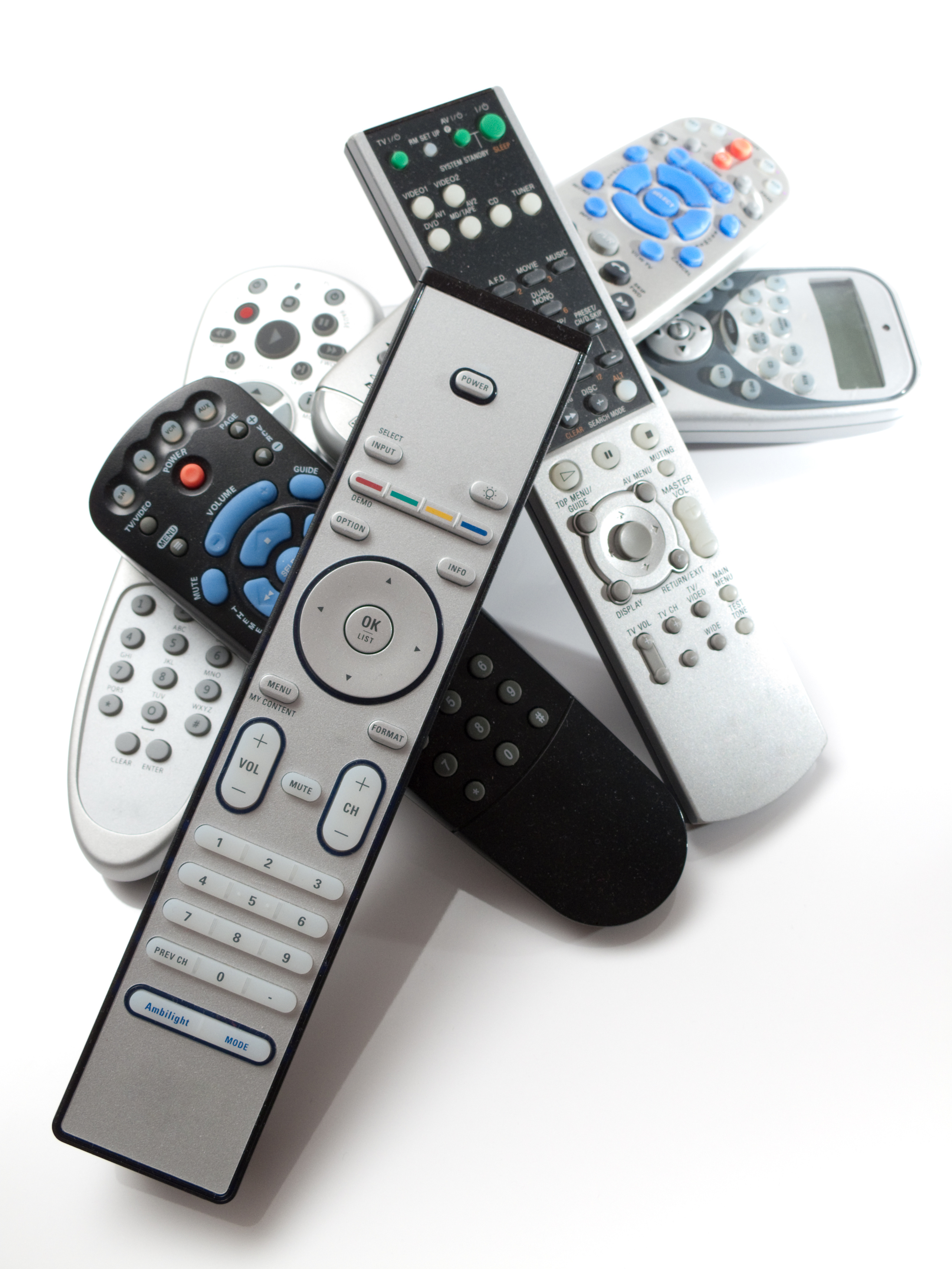Ceiling fans are more than just household appliances; they are an essential part of home comfort and interior aesthetics. In the modern era, the addition of a remote-controlled ceiling fan elevates this comfort to a new level, offering convenience and functionality at your fingertips. Whether you’re retrofitting an old fan with a new remote or purchasing a new setup altogether, understanding what to look for in a ceiling fan remote is crucial.
At Replacement Remotes, a pioneer in the remote control industry since 1987, we understand the importance of finding the right remote for your ceiling fan. Our commitment to customer satisfaction and innovation is reflected in our diverse product range and service excellence.
We’ve been part of the technological evolution, witnessing the shift from traditional to remote-controlled fans, and we’re here to share our expertise. So, let’s dive into the key factors you should consider when purchasing a ceiling fan remote, ensuring you make a choice that enhances both your home’s comfort and convenience.
1. Compatibility
The foremost factor to consider is compatibility. Ensure that the remote is compatible with your ceiling fan model. Some remotes are universal, while others are designed for specific brands or models. At Replacement Remotes, we stock an extensive range of remote controls, including our exclusive ANDERIC line, which offers replacements for many discontinued or hard-to-find models.
2. Features and Functionality
A ceiling fan remote can vary in features. Basic models offer simple controls like on/off, speed adjustment, and sometimes a light switch. Advanced models might include timer functions, temperature control, or even smart home integration. Consider what features are essential for your lifestyle. For instance, a remote with a timer can be a godsend for those who like to fall asleep to a gentle breeze.
3. Range
The operating range of the remote is crucial, especially in larger rooms. A good remote should be able to control the fan from any corner of the room. Our remotes at Replacement Remotes are tested for optimal range, ensuring your comfort and convenience.
4. Design and Ergonomics
A remote’s design is not just about aesthetics; it’s also about functionality and ease of use. Look for a remote that fits comfortably in your hand, with buttons that are easy to navigate. The ANDERIC remotes are designed with user-friendliness in mind, sporting an intuitive layout and a comfortable grip.
5. Battery Life and Type
Check the type of batteries the remote requires and consider their lifespan and availability. Some remotes have power-saving features to extend battery life, a practical aspect if you’re not keen on frequent battery replacements.
6. Price
Price is always a consideration, but it’s important to balance cost with quality and features. At Replacement Remotes, we offer competitive pricing without compromising on quality. Our ANDERIC line, for instance, provides premium functionality at an affordable price.
7. Warranty and Support
A good warranty and customer support are indicative of a company’s confidence in its product. We stand behind our products at Replacement Remotes, offering robust warranties and exceptional customer support to assist with any issues or questions.
8. Additional Features
Some remotes come with extra features like LED backlighting, which can be useful in dimly lit rooms, or a wall cradle for easy storage. These additional features, while not essential, can enhance your user experience.
9. Aesthetic Appeal
While functionality is key, the aesthetic appeal of the remote should not be overlooked. A well-designed remote can complement your room’s decor. We offer a variety of styles and designs to match different tastes and interiors.
10. Ease of Installation and Setup
Consider how easy it is to install and program the remote. Many modern remotes come with straightforward, user-friendly instructions. At Replacement Remotes, our customer service team is always ready to assist with setup and programming queries.
Choosing the right remote for your ceiling fan is about balancing functionality, compatibility, design, and budget. At Replacement Remotes, we understand the importance of this balance. With our vast inventory, including our renowned ANDERIC line, we’re confident you’ll find the perfect remote to enhance your ceiling fan experience. Shop with us and enjoy the blend of quality, variety, and top-notch customer service






